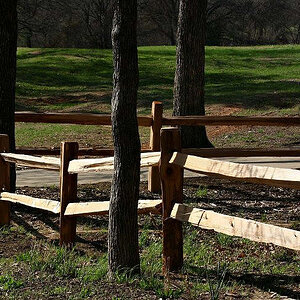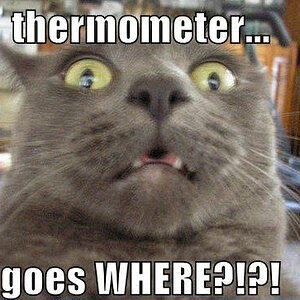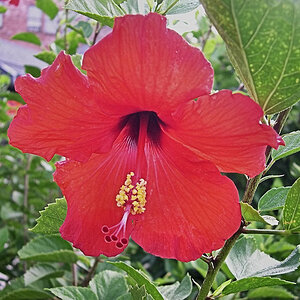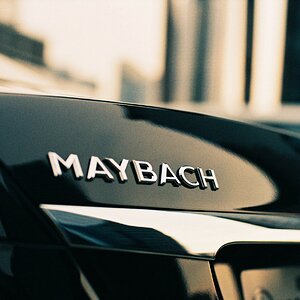darin3200
TPF Noob!
- Joined
- May 3, 2005
- Messages
- 2,078
- Reaction score
- 28
- Location
- Des Moines, Iowa
- Website
- friedrichsphotography.com
I plan on doing some night time photography today and I have some questions. I am thinking about shooting my kodak t-max 400 at 800 or 1600 and push processing.
First question deals with film speed, I understand that higher speed film reacts faster to light, but what changes in my film camera when I set it to shoot 1600? Is a 1/256th shutter speed going to be the same at 400 and 1600? Why even change the camera iso settings?
The light meter in my camera has a little needle that goes up if there is too much light, down if there is too little and therefore won't be much help at night. Any tips of how to judge what shutterspeed I should be shooting at?
First question deals with film speed, I understand that higher speed film reacts faster to light, but what changes in my film camera when I set it to shoot 1600? Is a 1/256th shutter speed going to be the same at 400 and 1600? Why even change the camera iso settings?
The light meter in my camera has a little needle that goes up if there is too much light, down if there is too little and therefore won't be much help at night. Any tips of how to judge what shutterspeed I should be shooting at?


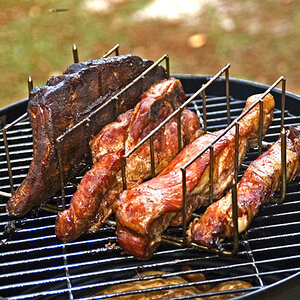
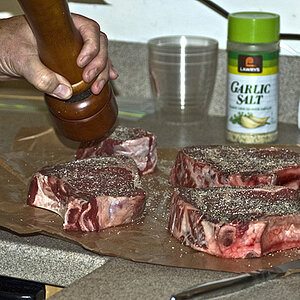
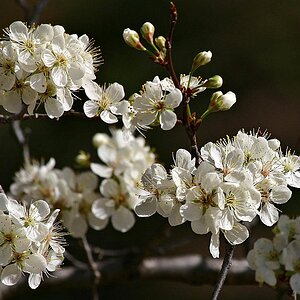
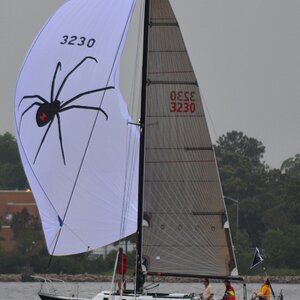
![[No title]](/data/xfmg/thumbnail/34/34142-948c6bafdf60862125009004d5a06e46.jpg?1619736315)
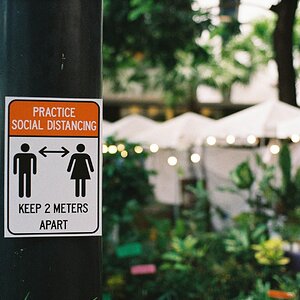
![[No title]](/data/xfmg/thumbnail/35/35262-02f8eba4a2a92dbae0b55547bba80b4f.jpg?1619736968)
![[No title]](/data/xfmg/thumbnail/36/36392-ee7dc51c9be334b9979003f6316db12e.jpg?1619737547)
